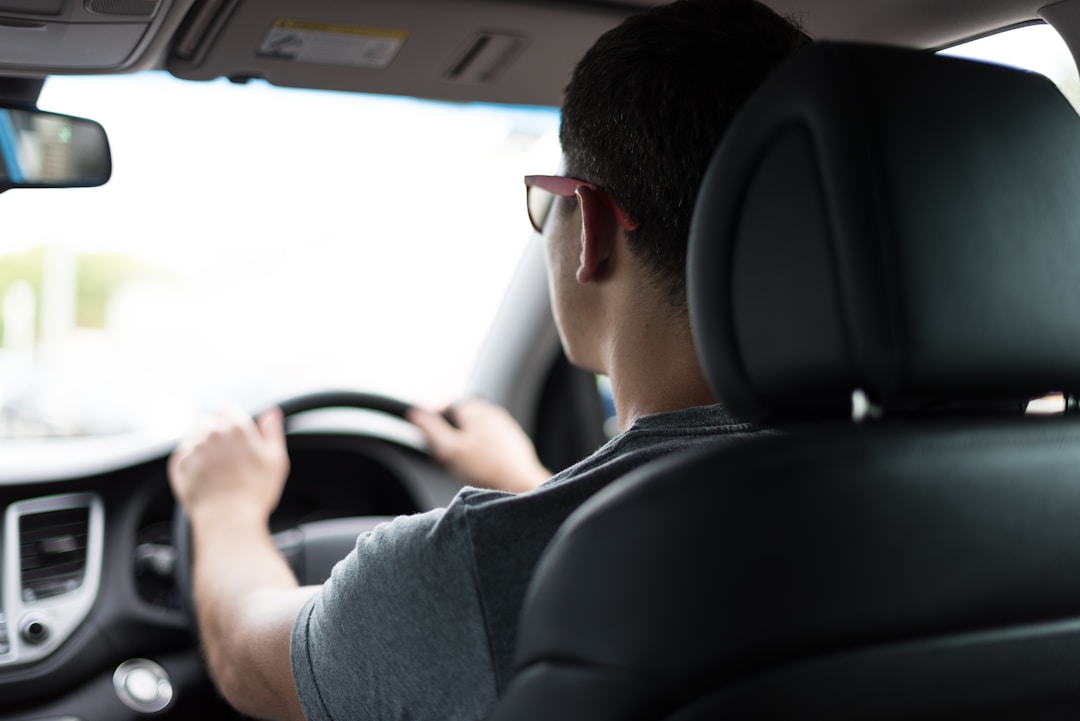Driving is not just about getting from point A to point B, it’s a responsibility that every driver should take seriously. Every time you get behind the wheel, you owe it to yourself, your passengers, and everyone else on the road to drive safely and responsibly. In this article, we will delve into various aspects of safe driving, from keeping your vehicle in good repair to honing your skills, to adopting defensive driving tactics.
Car Maintenance: The First Step to Safe Driving

Ensuring your vehicle is well-maintained is a critical part of safe driving. This isn’t just about global performance, but about making sure everything is functioning correctly, from your vehicle’s brakes to its headlights. Having your vehicle regularly maintained and checked helps spot potential problems early—before they become major issues that can affect car performance or, worst case, cause accidents. After all, prevention is always better than cure.
A system that’s especially important – and often overlooked—is the car’s engine and transmission. These components are the heart and soul of your car; without them, your vehicle simply isn’t going anywhere. A regularly worried by many drivers is Engine & Transmission Repair. If these essential parts are not taken care of, they can create dangerous situations, like your car breaking down on a busy road.
Proper car maintenance goes beyond just looking under the hood. It also involves checking the air pressure in your tires, ensuring all lights and signals are working, and keeping the windshield clean for maximum visibility. These might seem insignificant, but when overlooked, such details can lead to accidents.
Sharpening Your Driving Skills
Even the most experienced drivers can benefit from polishing their driving skills. It’s not uncommon for drivers to pick up bad habits over time or forget certain traffic rules. A refresher course in driving can address these issues, gets you up-to-date with the latest road laws, and even bring down your insurance costs in some cases.
Safer driving isn’t just about knowing the rules, it’s about mindful and defensive driving. Defensive driving techniques involve anticipating potential dangers and responding effectively to unexpected situations. A time-tested method of learning these valuable skills is by enrolling in defensive driving/point reduction courses. These courses teach critical skills like hazard recognition, accident prevention, understanding right-of-way, and speed adjustment to road conditions.
The psychology of driving is also essential to understand for safer driving. This includes managing road rage and understanding how stress affects driving behaviors. Educating oneself about these psychological factors can lead to safer, calmer, and more mindful driving.
Defensive Driving: A Thorough Approach Towards Safety

Defensive driving is the practice of driving in a manner that allows you to defend yourself against possible collisions caused by bad drivers, drunk drivers, and poor weather conditions. The idea is to reduce the risk of an accident by anticipating dangerous situations, regardless of adverse conditions or the mistakes of others.
This kind of driving involves constant awareness of not only your own vehicle but also the actions of other drivers and the overall road conditions. It demands control, preparation, and a realistic assessment of one’s own driving skills. Defensive drivers don’t just observe the car in front of them, they also pay attention to all vehicles around them to ensure they have safe fallback options should a hazardous situation arise.
Nobody can control other drivers’ actions, but by mastering defensive driving, you can reduce the risk of accidents and help keep the road a safer place for everyone. The ultimate goal of this technique is not just to save lives, but also to make the roads more peaceful and efficient for everyone.
The Importance of Following Traffic Rules and Regulations
Driving with a “rules are made to be broken” mindset is a recipe for disaster on the roads. Traffic rules are created with one crucial objective in mind—safety. Rules regarding speed limits, traffic lights, signs, and markings are not just to structure traffic; they’re designed to enhance road safety by minimizing the chances of accidents and fatalities.
No driver is an island. We share the streets with other motorists, pedestrians, cyclists, and even animals. Following traffic rules helps maintain harmony on the roads and shows respect for everyone’s right to travel safely. Cutting corners with traffic laws isn’t just illegal; it can put lives—including your own – at risk. It only takes a second for an accident to occur, but the consequences can last a lifetime. Remember, patience is not just a virtue on the road; it can also be a lifesaver.

